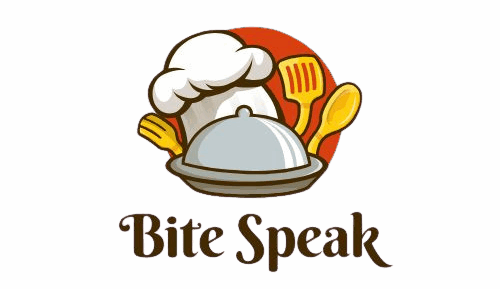14 Ways to Use Chocolate in Everyday Recipes Beside Dessert
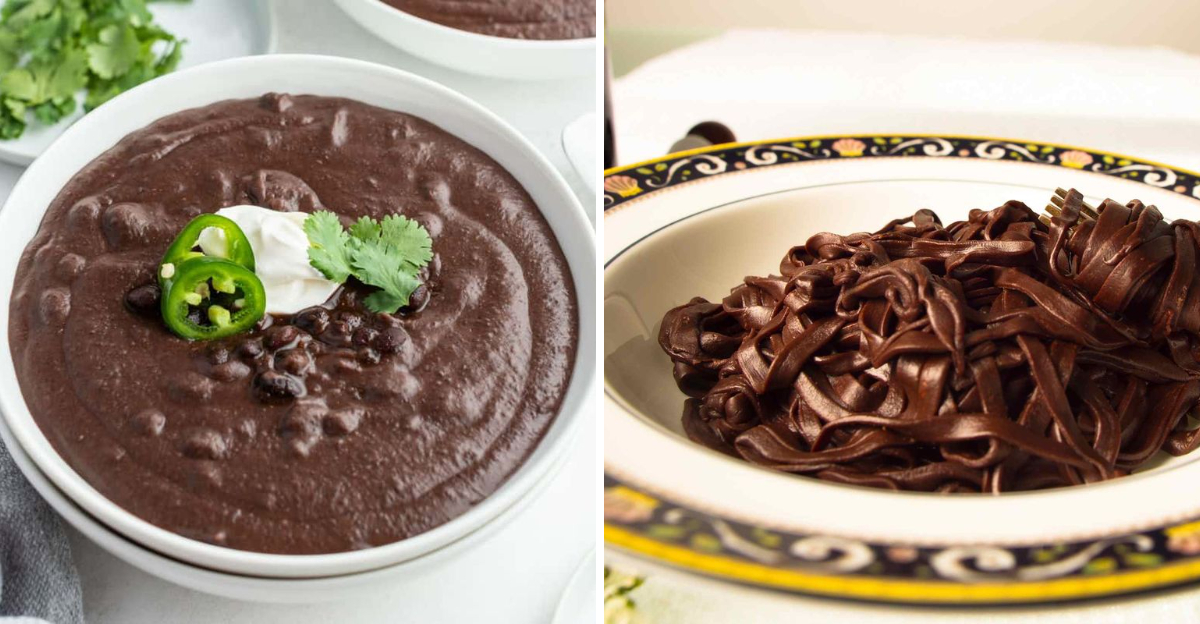
Chocolate is often reserved for sweet treats, but its flavors can transform everyday dishes in unexpected ways. Experimenting with chocolate in your kitchen goes beside brownies and cakes, introducing new layers to sauces, stews, and even baked breads. This list explores practical techniques and creative flavor pairings that bring chocolate into the heart of daily meals, offering both classic inspirations and newer trends. Each idea presents a distinct approach, ensuring there’s something for every culinary style and taste.
1. Chocolate-Infused Chili
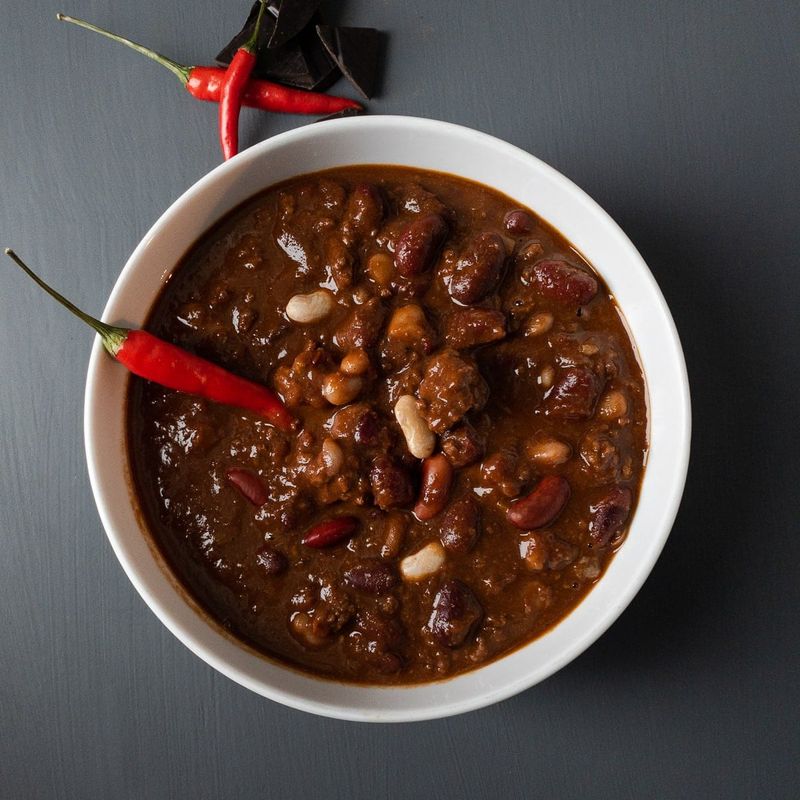
Ever tried dropping a bit of dark chocolate into chili. The result is a spicier, richer dish that feels heartier with every spoonful. Chocolate combines with the spices and beans, rounding out the flavors and giving the meal a deeper finish. The key is to use just enough chocolate so it doesn’t overpower the other ingredients. Stir in a small square toward the finish of cooking and watch the sauce thicken beautifully. This approach works best with robust, earthy chilies.
2. Mole Sauce over Chicken
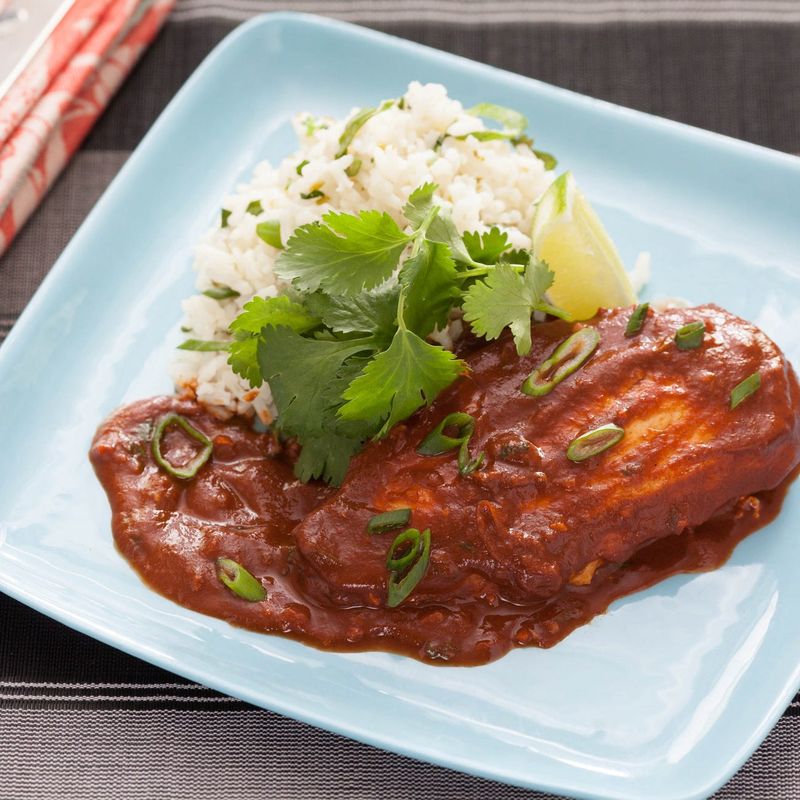
Mole is a staple in Mexican households, often enjoyed with chicken. The sauce blends dried chilies, cocoa, spices, and sometimes seeds, resulting in a complex, velvety texture. Its history dates back centuries, evolving across regions. A slow simmer helps the chocolate and spices to fully meld. Use unsweetened cocoa powder or a square of dark chocolate for balance. Serve it with rice, and it becomes a comforting, savory main course for family meals.
3. Chocolate-Enhanced Barbecue Sauce
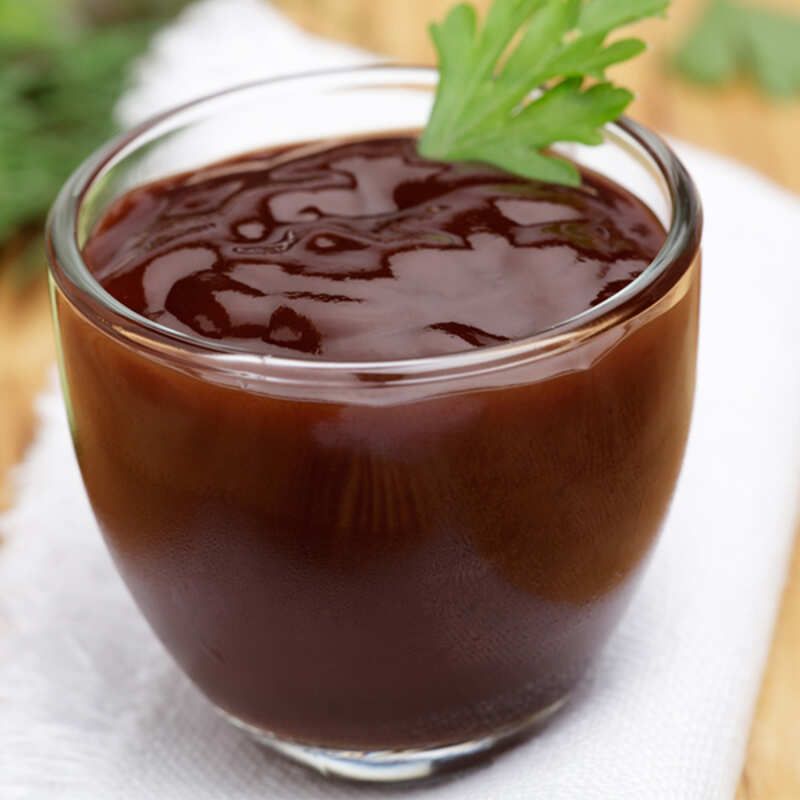
There’s something unusual about adding chocolate to barbecue sauce. The addition brings a gentle richness and a pleasant, deep color to the glaze. It pairs well with grilled meats and roasted vegetables alike. Start by whisking melted chocolate into the sauce while it simmers, tasting as you go. The result is a sauce that clings to food and adds a subtle, sweet-smoky edge. Try brushing it onto kebabs or as a dip for fries.
4. Savory Chocolate Risotto
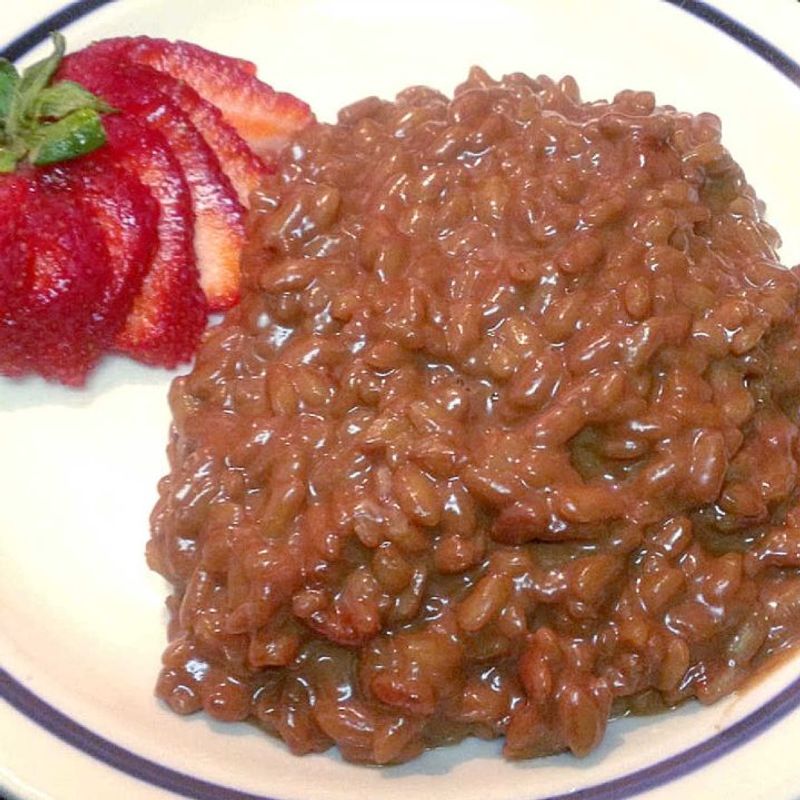
Curious cooks might add a spoonful of cocoa powder to risotto, seeking something different from the usual cheesy dish. This combination works especially well with vegetables like mushrooms or roasted beets. It introduces a mellow, earthy undertone. Add the cocoa with the rice before pouring in the broth, so it has time to blend. Stir constantly to keep the texture creamy. Top with grated cheese and a sprinkle of herbs just before serving.
5. Chocolate-Glazed Beef
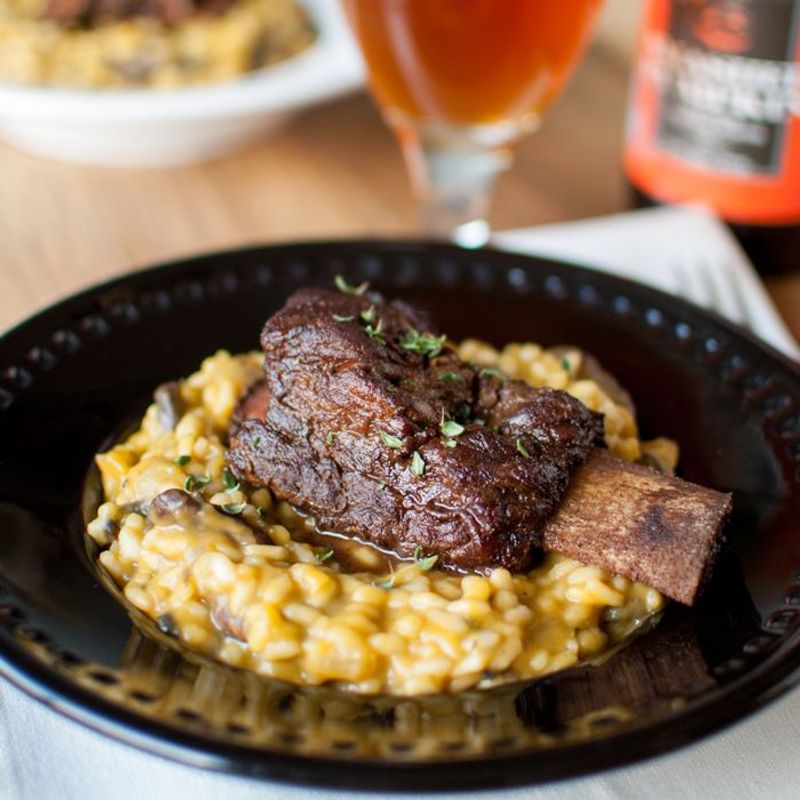
Roast beef gets a new character when finished with a chocolate glaze. This idea originated in some European kitchens and brings out the savory-sweet possibilities of meat. The glaze is made by combining melted dark chocolate with a bit of stock and spices. Brush the glaze over the beef in the final minutes of roasting. As the meat rests, the flavors settle together. Slice and serve with roasted potatoes for a satisfying dinner.
6. Chocolate in Salad Dressings
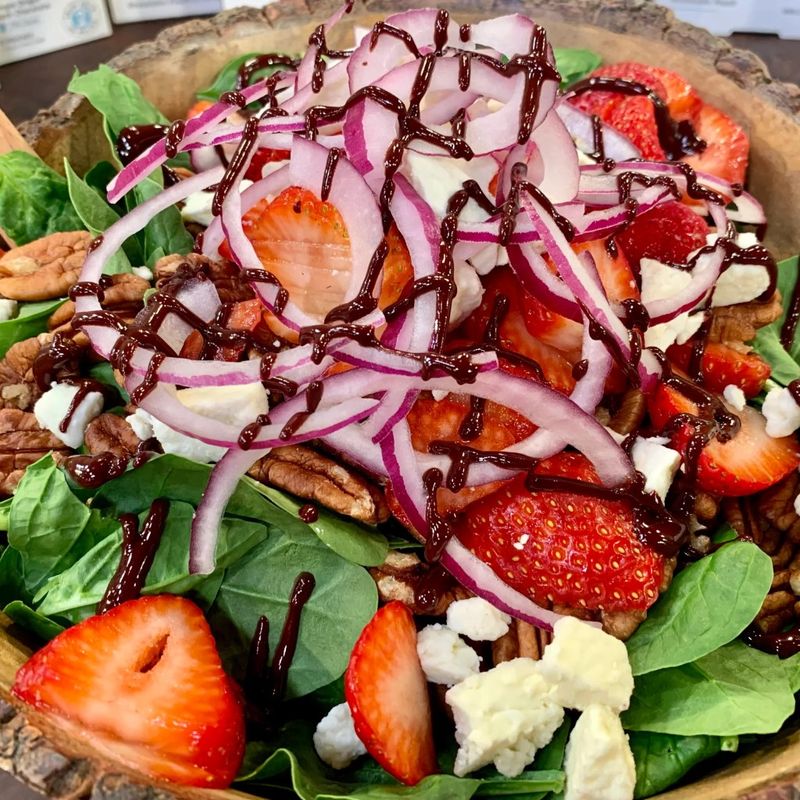
Who would think to add chocolate to salad dressing. Yet, it brings a mellow sweetness that pairs well with bitter greens like arugula or radicchio. The trick is to melt a bit of chocolate and whisk it into your vinaigrette base. Add olive oil, lemon juice, and a touch of honey for balance. Drizzle over your salad just before serving. The result is a sophisticated starter or side that’s both unexpected and refreshing.
7. Chocolate-Infused Pasta Sauce
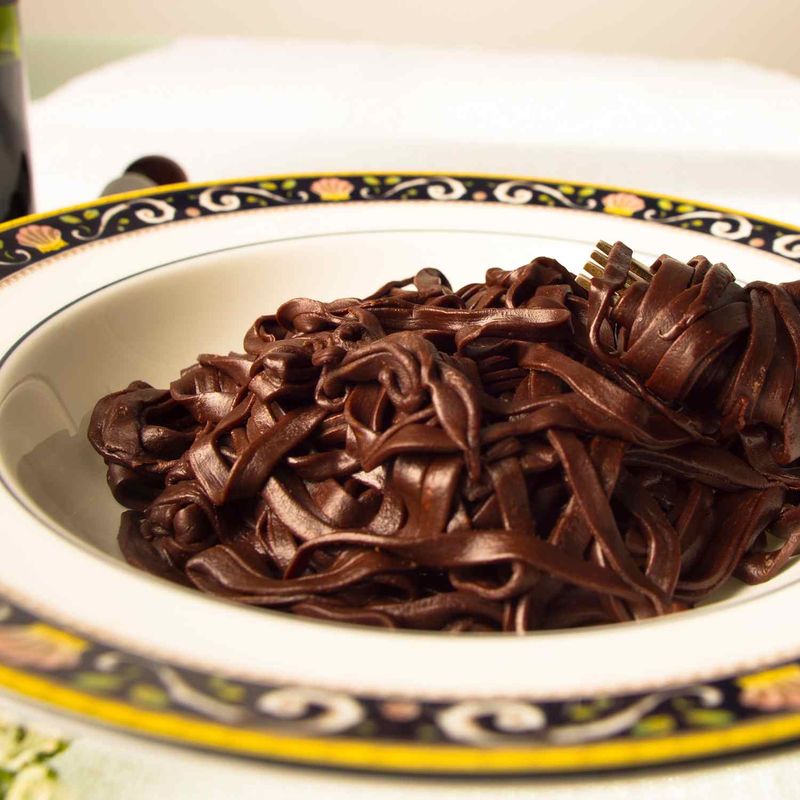
Pasta gets a quiet upgrade with the addition of cocoa powder to marinara or Bolognese sauce. The cocoa brings a gentle bitterness that balances tomato acidity. It’s a subtle change, but one that adds noticeable depth. Sprinkle the cocoa powder in with your spices and let it simmer for a while. Toss with your favorite pasta and top with grated cheese. This technique is especially popular in some regional Italian dishes.
8. Chocolate in Black Bean Soup
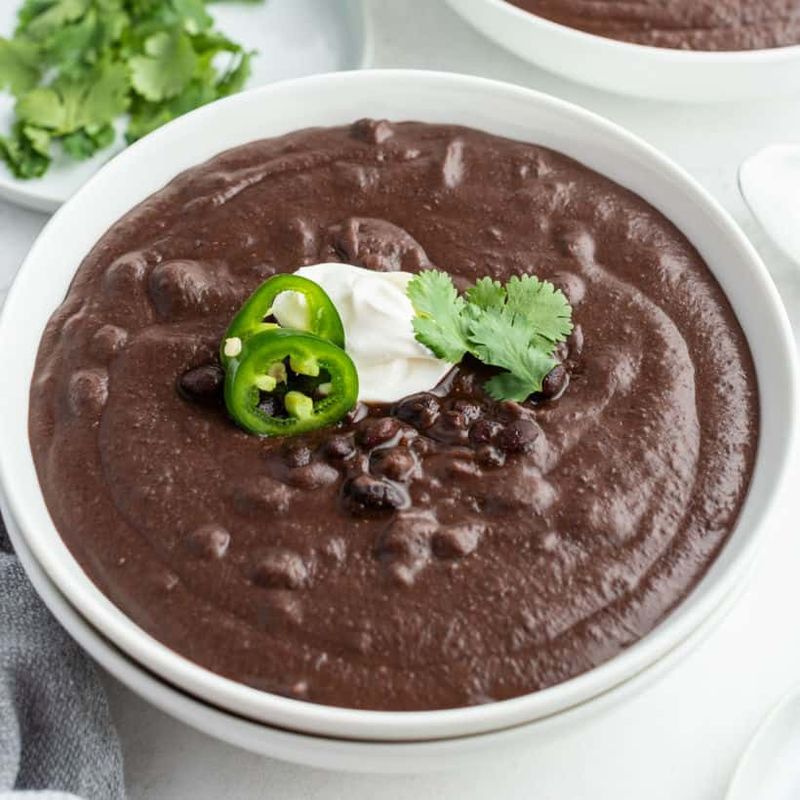
Stirring dark chocolate into black bean soup isn’t just for show. It helps mellow the soup’s earthiness and adds a gentle sweetness. This idea is inspired by Latin American cooking traditions. Add finely chopped chocolate toward the finish, letting it melt in completely before serving. Top with a squeeze of lime or a dollop of yogurt for contrast. It’s a cozy option for chilly evenings.
9. Chocolate in Spice Rubs for Meat
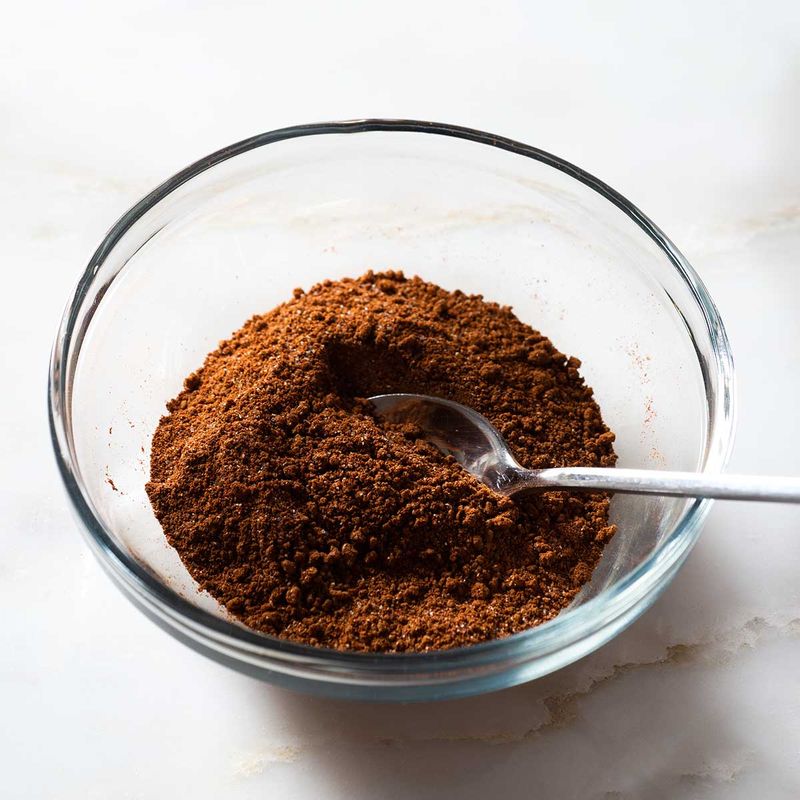
Blending cocoa powder into a spice rub changes grilled meats. The cocoa complements spices like paprika and cumin, giving the finished dish a subtle richness and a striking crust. Mix a few teaspoons of cocoa powder with salt, pepper, and your spice choices. Rub it thoroughly onto the meat before grilling or roasting. This works well for beef or chicken, adding complexity without overpowering the main ingredients.
10. Chocolate-Infused Bread
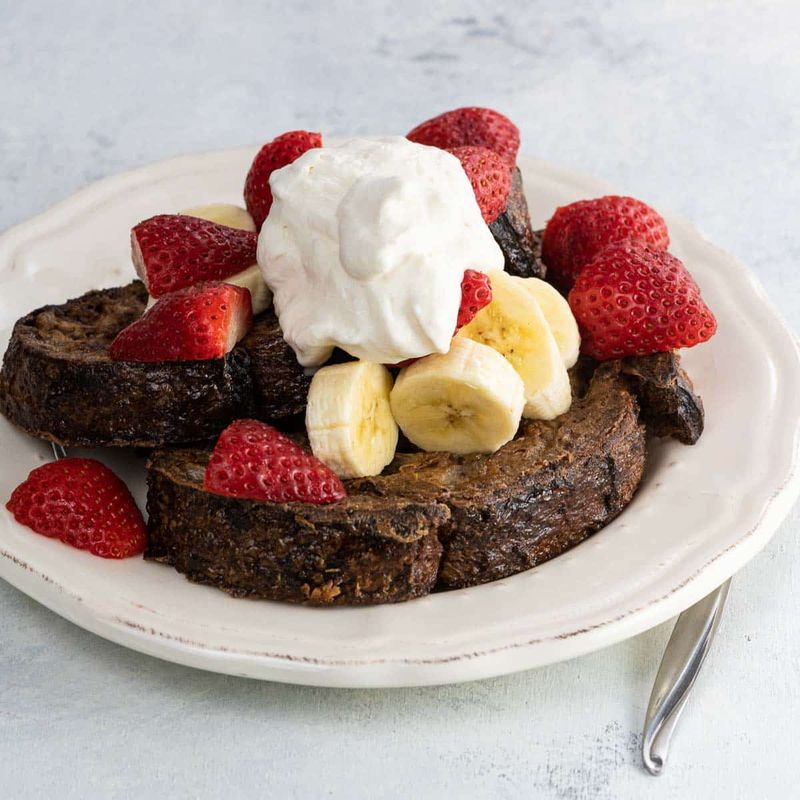
Breadmakers sometimes sneak cocoa powder into dough for a twist on classic loaves. The flavor is subtle, never sweet, but brings new character to sandwiches and toast. It pairs well with cheeses or spicy spreads. Add cocoa powder with your dry ingredients before kneading. Let the dough rise as usual, and bake until crusty. Enjoy it warm with a savory spread for breakfast or lunch.
11. Chocolate Mashed Potatoes

At first thinking, chocolate in mashed potatoes might sound odd, but a pinch of cocoa powder brings out earthy tones in the potatoes. This trick is subtle and works best with buttery yellow potatoes. Add the cocoa as you mash, mixing well. Taste and adjust with salt and pepper before serving. These potatoes pair well with roasted or grilled meats, offering a gentle change to a classic side.
12. Chocolate in Marinades
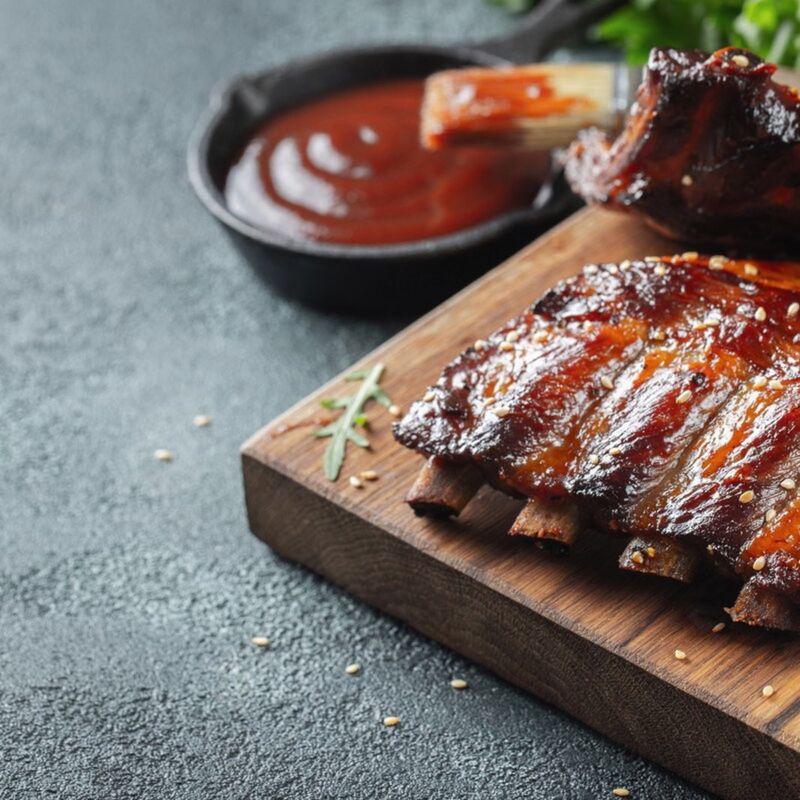
A splash of cocoa powder in a marinade can enhance simple proteins. Combine it with garlic, olive oil, citrus juice, and spices for a bold, layered effect. The chocolate helps tenderize the meat while building aroma. Let the protein soak for several hours or overnight. Cook using your preferred method, such as grilling or baking. The flavor will be subtle but noticeable, perfect for those who like experimenting.
13. Chocolate Sauce for Roasted Vegetables
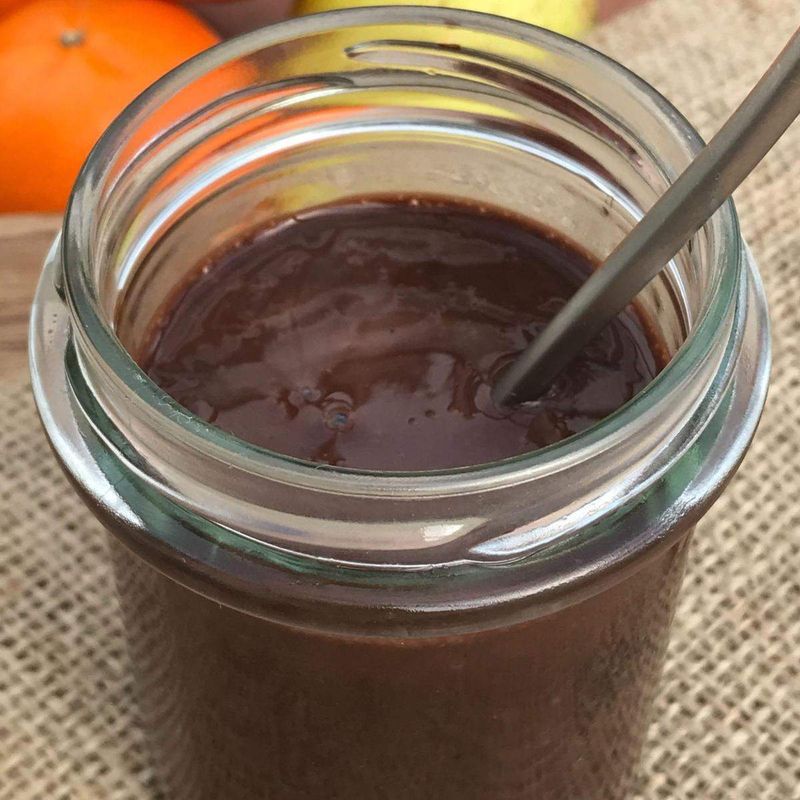
Adding chocolate sauce to roasted vegetables offers a different angle on typical sides. Try drizzling a simple sauce made of melted dark chocolate and olive oil over vegetables just after roasting. This works well with Brussels sprouts, carrots, or sweet potatoes. Sprinkle with toasted nuts or seeds for texture. Serve warm so the sauce evenly coats the pieces. It’s a different way to get people excited about veggies.
14. Chocolate in Savory Pies
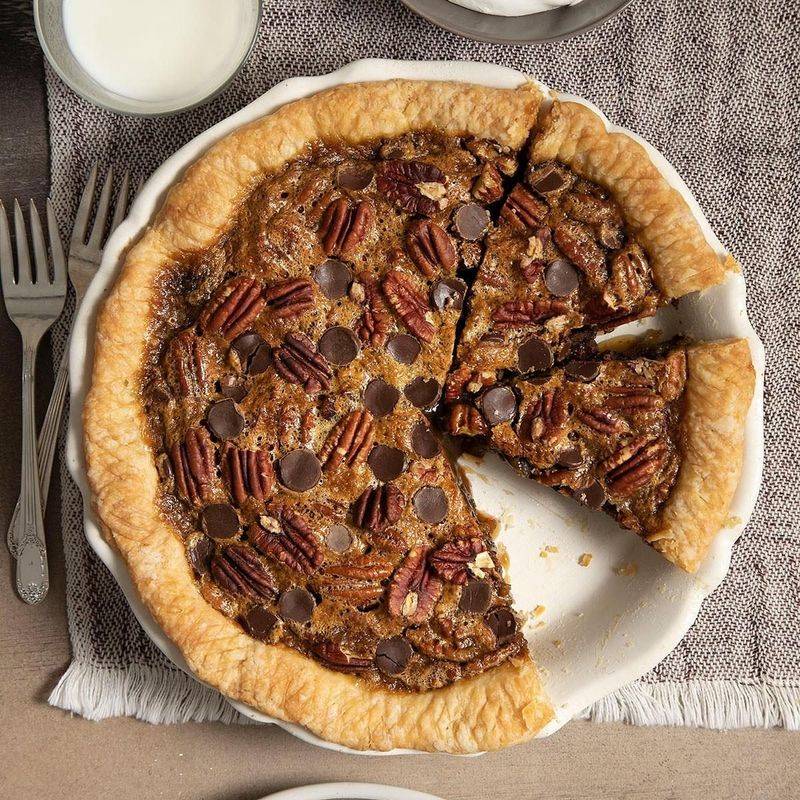
Layering chopped dark chocolate into a beef or vegetable pie gives the filling more fill. It’s a skill used in some European recipes to deepen the flavor and add richness. The chocolate doesn’t stand out, but it makes the gravy smoother. Mix the chocolate in as the filling cooks, then encase in pastry and bake until golden. Serve as a main dish with a salad or simple side. Each slice feels heartier and more delicate.
